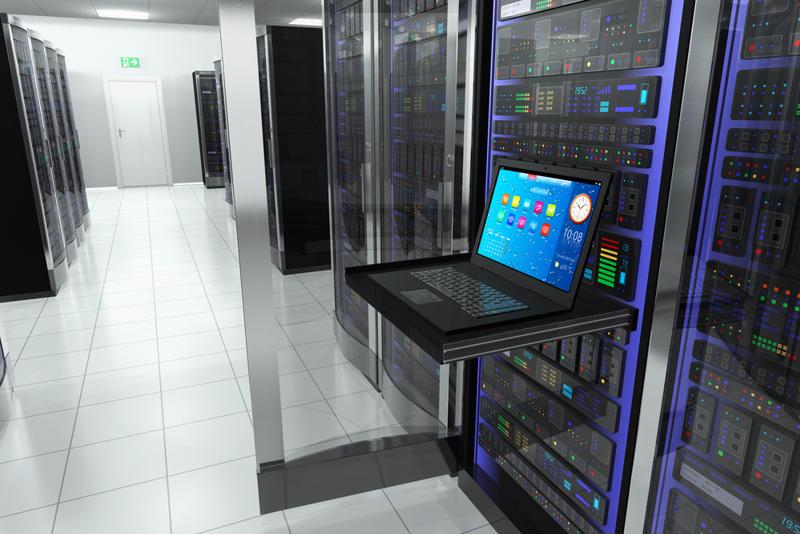
How COVID-19 is slowing the rate of new IoT deployments
By Max BurkhalterJune 5, 2020
The ongoing health crisis is having a profound impact on nearly every industry segment, with business leaders around the world scrambling to integrate new technologies that enable remote work, strengthen supply chain operations and mitigate the impact of service interruptions. Back in 2017, Gartner estimated that the total number of connected "things" would reach 20.4 billion by the end of 2020. This prediction was based on the pre-COVID rate of internet-of-things adoption and painted an optimistic picture about the future of connected technologies in enterprise environments. However, the pandemic has led to a global economic downturn that seems to have put these plans on hold, while calls for social distancing have made it increasingly difficult to integrate new IoT hardware into physical infrastructures.
COVID-19 brings new challenges to enterprise IT
The chaotic business climate has exposed a variety of operational weaknesses that are causing problems for organizations during every stage of their products' life cycles. For one, manufacturing shutdowns have led to production shortages and supply chain interruptions that have ground digital transformation to halt for many forward-looking companies. Manufacturing plants without remote monitoring capabilities and automated systems are among the hardest hit, especially those that have been forced to furlough their factory workers.
Another issue is that cyber criminals have ramped up their efforts to infiltrate enterprise networks, according to a joint press release from the Cybersecurity and Infrastructure Security Agency and the Department of Homeland Security. In particular, malicious actors are capitalizing on the pandemic to create new phishing scams and malware distribution schemes that use COVID as a lure. Combating these types of cyber crimes has proven to be an uphill battle, however, as many key decision-makers are focused on adopting cloud-based applications to keep their daily operations running.
Paradoxically, now is the most opportune time to integrate IT capabilities and roll out new functionality, but accomplishing those goals is also more challenging than deploying during a time of relative normalcy. While there is less risk of disrupting daily workflows - most employees are likely already experiencing some level of interruption - it can be difficult to create an accurate implementation roadmap if workers aren't allowed to visit physical locations in person. In terms of IoT deployment, tech professionals may struggle to uphold best practices and internal data management policies if they're working entirely off-site.

New study finds IoT deployments are slowing
While it's still unclear how the COVID-19 pandemic will impact digital transformation initiatives in the months ahead, there are signs that IoT deployment is already slowing down. According to a recent study conducted by the global technology advisory firm ABI Research, the health crisis is expected to cause an 18% drop in the "net addition of IoT devices" throughout 2020. This, in turn, could potentially lead to the "loss of 66 million wide area network (WAN) connections," setting many companies' implementation plans back by several months, even years. The study also found that certain markets are more heavily impacted than others - fleet vehicles and heavy machinery have seen a sharp decline in the interest of cost control, while fixed assets, digital signage and interactive kiosks have been impacted by the massive reduction of physical retail activities.
"Some [companies] will experience a temporary stall in 2020 that will be compensated by increased activity immediately after, to bring things installed base expectations back into line," explained Jamie Moss, research director for M2M, IoT and IOE at ABI Research. "While others will experience fundamental shifts in demand, both positive and negative, for years to come as consumer and enterprise priorities shift in the light of COVID-19."
As industry leaders seek to cope with the uncertainty surrounding the health crisis, many IT experts are warning about the risks posed by unsecured IoT devices. With work from home becoming the norm, at least temporarily, organizations must take steps to protect their networks from possible hacking and exploitation. In terms of specific challenges, research from Markets and Markets pointed to five problem areas that every enterprise should consider:
- Meeting customer needs and expectations through optimization
- Upholding best practices in cybersecurity and network management
- Ensuring all IoT hardware is kept up to date
- Mitigating connectivity issues for remote employees
- Biding time until new government regulations are released
While regulatory compliance is more of a waiting game, companies can take steps to reduce the impact of COVID-19 by improving their network infrastructure, integrating new cloud-based applications and refining their IT policies and controls. Once the pandemic has subsided, these improvements will allow IT administrators to continue pushing for digital transformation and wider IoT adoption.
Perle offers industrial-grade networking tools that can enable seamless remote work, streamline IoT management and protect IT assets from external threats. Our LTE routers and gateways can help minimize the cost of downtime and bring distributed sites online quickly and safely. To learn more, read some of our customers' success stories.



